Centralized Catalog, Faster Publishing: 40ParkLane’s Marketplace Success with CedCommerce
Reading Time: 4 minutesAbout the Brand: 40ParkLane LLC Studio40ParkLane is a design-led print-on-demand brand created…
Getting your Walmart seller account suspended is like having the brakes slammed on your eCommerce hustle—it’s frustrating, nerve-wracking, and can be downright costly. Whether it’s revenue on pause, disappointed customers, or a mountain of policies to navigate, we know the stakes.
At CedCommerce, we work closely with Walmart Marketplace to help sellers navigate challenges and maximize their success. In this guide, we’ll walk you through the common reasons behind account suspension, how to avoid them, and what steps to take if your account gets suspended.
Let’s dive in, shall we?
Walmart’s Seller Performance Standards are essential for maintaining your account and growing your business. Fall short, and you’re in trouble. Account suspension on Walmart can often be traced back to a seller’s inability to meet the platform’s stringent Seller Performance Standards.
Sellers are evaluated across five critical metrics: Cancellation Rate, On-Time Delivery Rate (OTD), Refund Rate, Valid Tracking Rate (VTR), and Seller Response Rate. Slip up on any of these, and you’re risking more than just a slap on the wrist.
Let’s put this into perspective:
But it’s not just about hitting those metrics. Walmart’s broader guidelines—like listing accurate product descriptions, steering clear of counterfeit goods, and avoiding restricted items—are equally important. A small misstep in these areas can lead to significant penalties or even suspension.
Regularly monitor and optimize your performance metrics. Think of it as a wellness check for your account. By staying compliant and transparent, you’re not just avoiding penalties—you’re building a solid foundation of trust with Walmart and your customers.
Here’s a deeper dive into the most common reasons for Walmart account suspensions:
Walmart has a strict policy against counterfeit goods. Counterfeit products—unauthorized replicas or fake versions of authentic items—erode trust and violate intellectual property laws. Walmart removes these listings and may permanently suspend the associated accounts. Sellers must verify the authenticity of their inventory, sourcing only from reputable suppliers. This not only ensures compliance but also protects their reputation and customer trust.
Certain items, such as hazardous materials, weapons, or specific medical devices, are prohibited on Walmart’s Marketplace due to safety, legal, or ethical concerns. Selling restricted products can lead to immediate suspension. Sellers should frequently review Walmart’s prohibited products policy, which is regularly updated to reflect regulatory changes.
Customer reviews and ratings are pivotal to a seller’s reputation on Walmart. Consistently negative feedback—due to poor service, misleading descriptions, or substandard products—signals unreliability. Walmart penalizes sellers for failing to maintain satisfactory customer satisfaction metrics. Monitoring reviews and promptly addressing complaints are essential to prevent such issues.
Walmart strictly enforces intellectual property (IP) laws. Sellers found using unauthorized trademarks, copyrighted materials, or patented designs risk suspension. Sellers should ensure they have proper documentation or licensing to use IP. Violations not only breach Walmart’s guidelines but could also lead to legal consequences.
Accurate product listings are essential for a positive customer experience. Inaccuracies in descriptions, images, or attributes can lead to dissatisfied buyers and policy violations. Walmart emphasizes clarity and precision in listings to maintain marketplace integrity. Sellers should routinely audit their listings for consistency and accuracy.
Timely delivery is critical in e-commerce. Walmart requires sellers to meet a 95% On-Time Delivery (OTD) rate. Frequent delays—whether due to logistical issues or operational inefficiencies—can trigger account reviews and suspensions. Sellers must optimize their supply chain or consider using Walmart Fulfillment Services (WFS) for compliance.
The Order Defect Rate encompasses metrics like negative feedback, returns, and late deliveries. An ODR exceeding Walmart’s acceptable threshold indicates systemic issues in order management. Sellers must proactively address process gaps and maintain high-quality standards to avoid penalties.
Beyond restricted items, prohibited products include anything violating Walmart’s terms or federal laws. For instance, items like illegal substances or improperly documented goods fall into this category. Walmart’s Trust and Safety Dashboard guides compliance, helping sellers avoid inadvertent violations.
Okay, so you’ve been suspended. Take a deep breath. It’s not game over. Here’s how you recover like a pro:
Pro Tip: Screenshot and save the notification for reference. You’ll need it to draft your appeal.
Note: Use Walmart’s Trust and Safety Dashboard to monitor compliance in real-time.
Pro Tip: Organize your documents neatly—Walmart loves clarity. Think of it as a court case; your evidence needs to shine.
Your appeal letter isn’t just a plea; it’s a professional response that shows you mean business. Here’s what to include:
Insider Insight: Keep it concise. Walmart reps review countless cases—make yours stand out by being clear, direct, and professional.
Bonus Tip: Keep a log of all interactions with Walmart, including case numbers and timelines. It’ll help you stay organized and persistent.
At CedCommerce, we don’t just talk the talk—we walk the walk. Here’s how we’ve got your back:
Suspended on Walmart Marketplace? We’ve got your back!
At CedCommerce, we turn suspensions into success stories. From finding the root cause to crafting a winning appeal and fast-tracking resolutions through our Walmart partnership, we handle it all.
Plus, with our integration tools, managing inventory and staying compliant is a breeze—no more suspension scares.
Don’t let a setback stop you. Let’s get your account reinstated and set you up for long-term success. Ready to bounce back? Let’s go!

Reading Time: 4 minutesAbout the Brand: 40ParkLane LLC Studio40ParkLane is a design-led print-on-demand brand created…

Reading Time: 3 minutesAbout the Company Brand Name: David Protein Industry: Health & Nutrition (Protein…

Reading Time: 3 minutesOnline retail spending in Germany is entering a renewed growth phase after…

Reading Time: 4 minutesTikTok Shop has released a comprehensive Beauty and Personal Care Products Policy,…

Reading Time: 4 minutesTikTok Shop has formally outlined comprehensive requirements for expiration date labeling and…

Reading Time: 3 minutesTikTok Shop is raising its sales commission for merchants across five active…

Reading Time: 11 minutesBy now you have seen your BFCM 2025 numbers. The harder question…
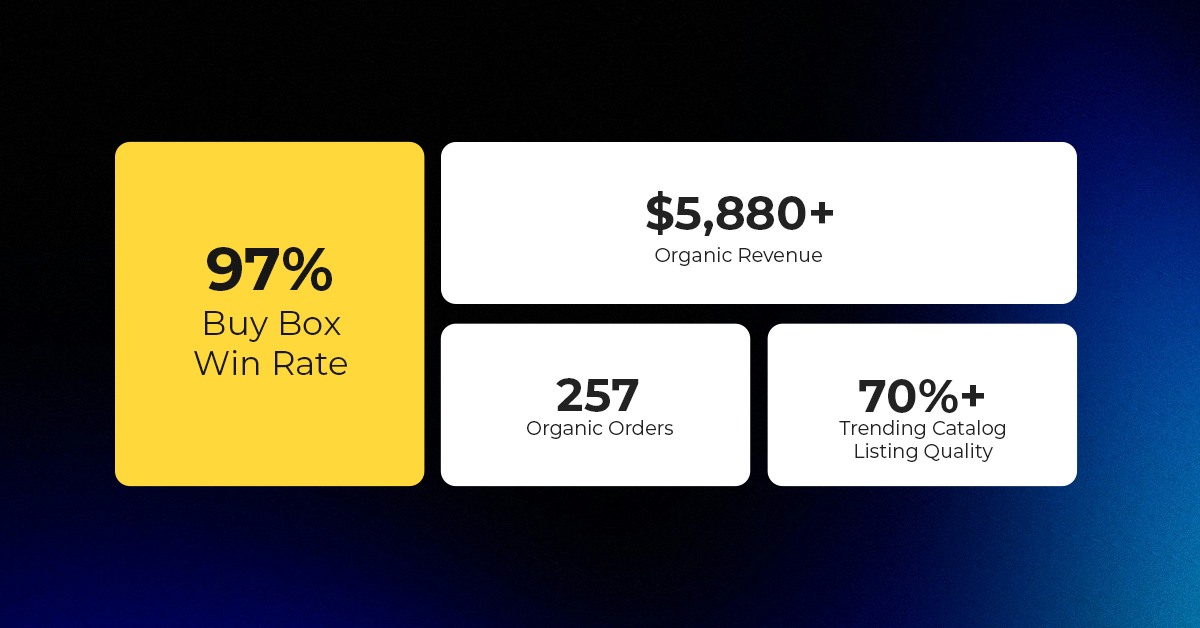
Reading Time: 3 minutesAbout the Brand Name: Vanity Slabs Inc Industry: Trading Slabs- Vanity Slabs…
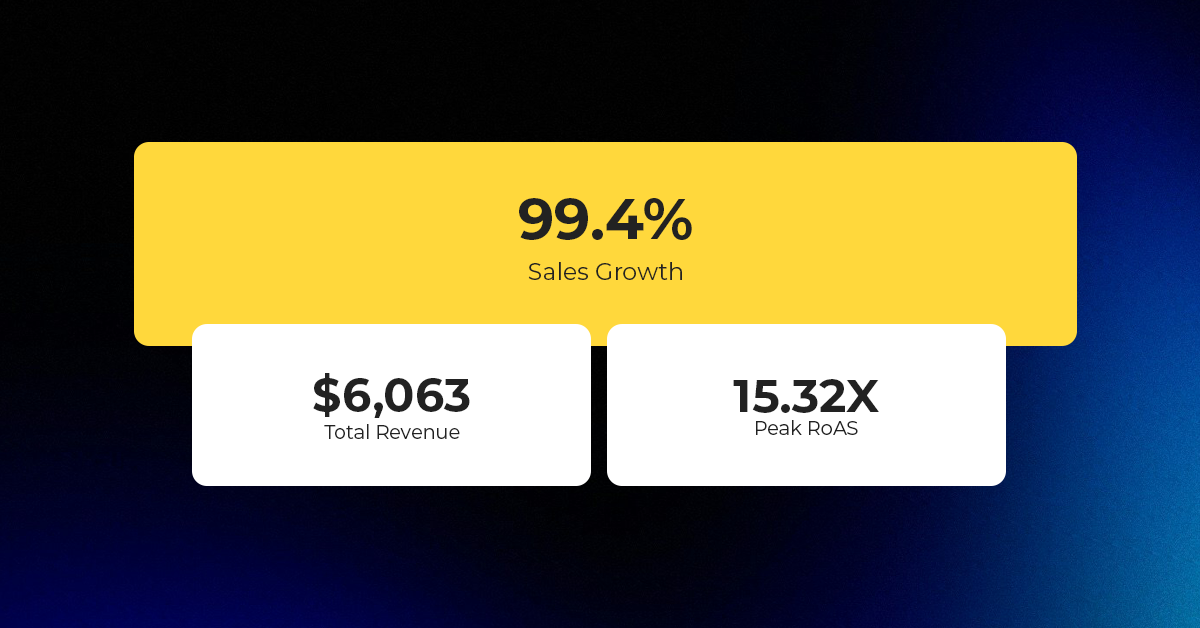
Reading Time: 2 minutesAbout the Brand Name: Ramjet.com Industry: Automotive Parts & Accessories Location: United…

Reading Time: 2 minutesAmazon is rolling out strategic referral fee reductions across five major European…
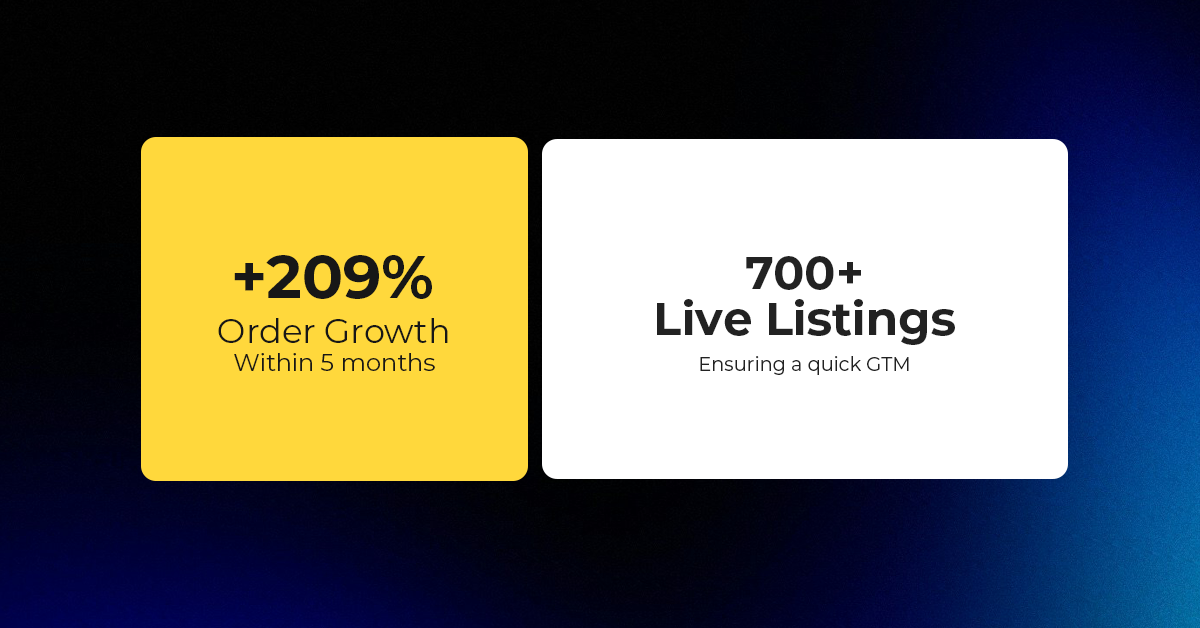
Reading Time: 4 minutesQuick Summary: Scaling Lifestyle Powersports on eBay with CedCommerce Challenge: Zero marketplace…

Reading Time: 4 minutesTikTok has surpassed 460 million users across Southeast Asia, reinforcing its position…

Reading Time: 3 minuteseBay has released its final seller news update for 2025, with a…

Reading Time: 3 minutesAmazon has clarified its stance regarding speculation around a potential breakup between…
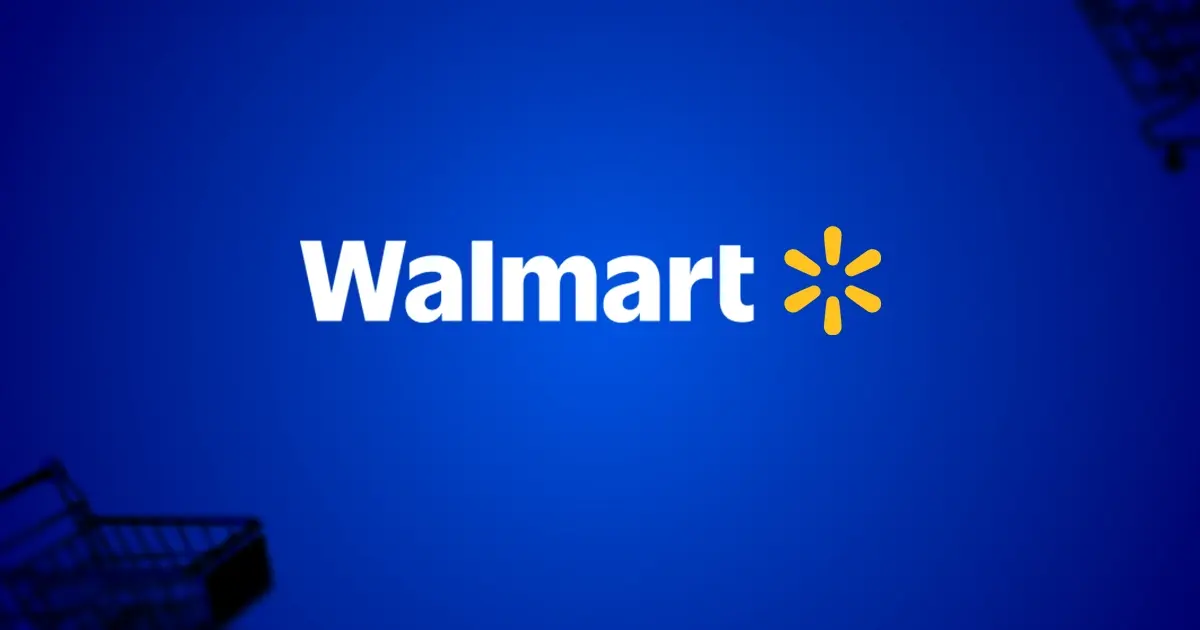
Reading Time: 4 minutesWalmart is accelerating its push into next-generation fulfillment by expanding its drone…

Reading Time: 4 minutesFaire, the fast-growing wholesale marketplace connecting independent retailers with emerging brands, has…

Reading Time: 4 minutesB2B buying in the United States is undergoing a fundamental behavioral shift…
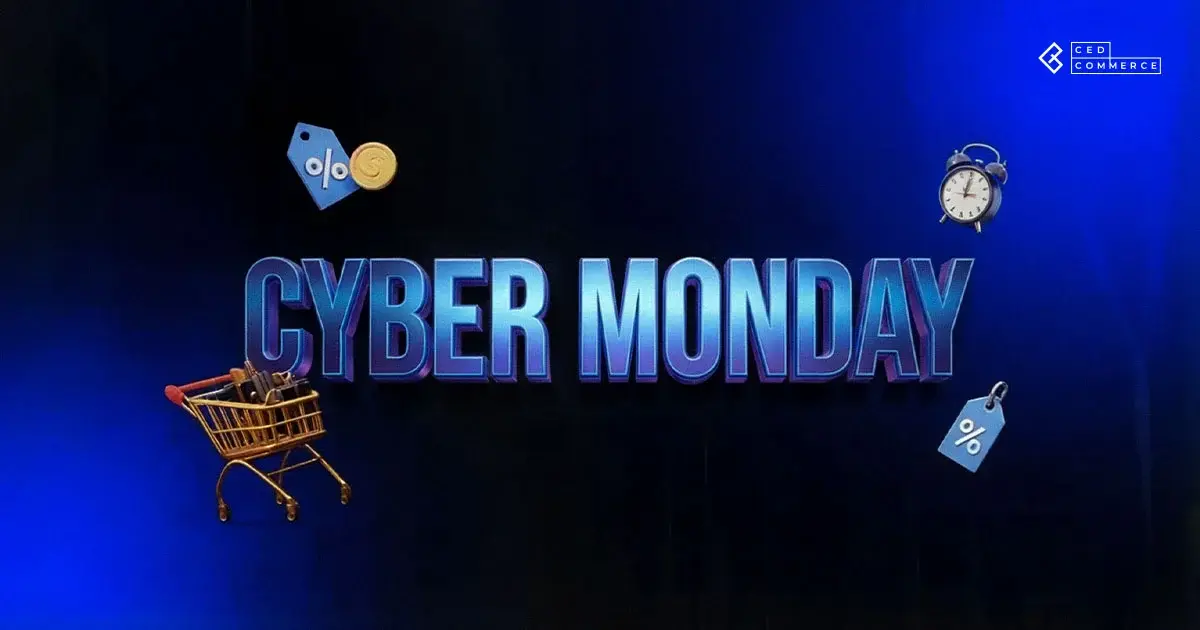
Reading Time: 3 minutesSummary Cyber Monday 2025 has officially become the largest online shopping day…

Reading Time: 2 minutesSummary Amazon kicked off December with two major developments shaping the future…

Reading Time: 2 minutesSummary Walmart has entered December with two major moves that signal a…